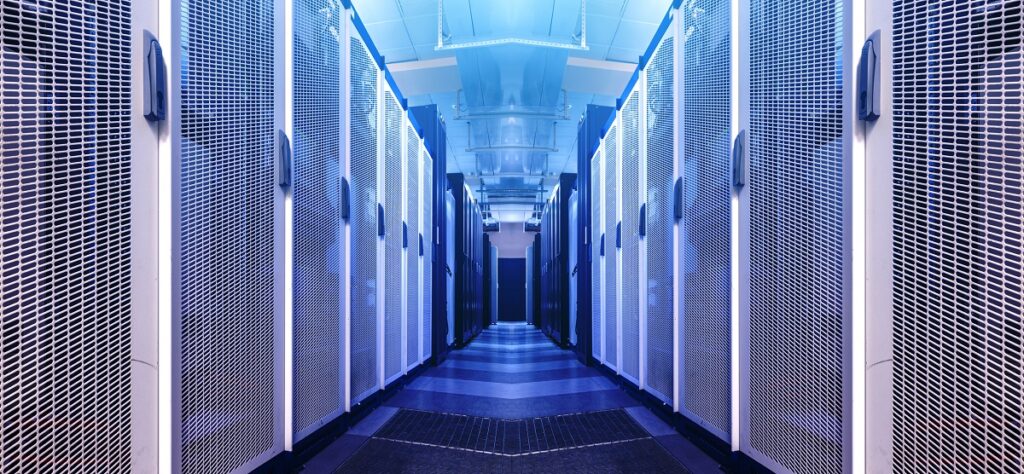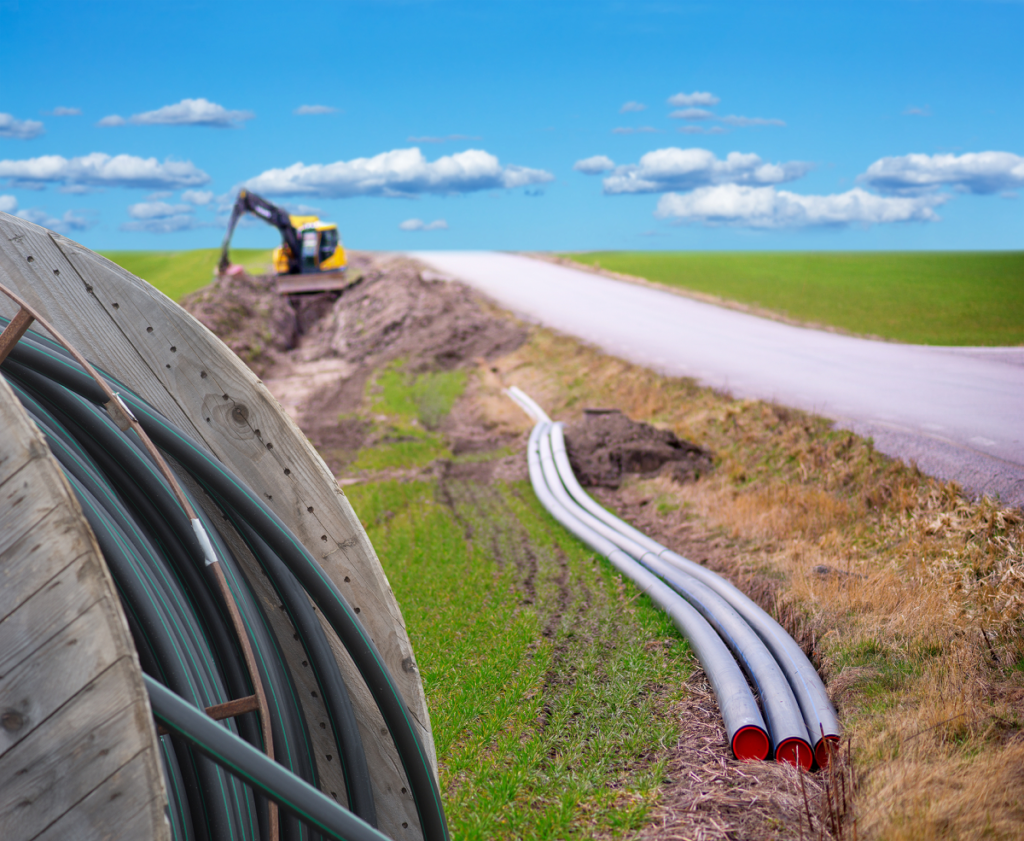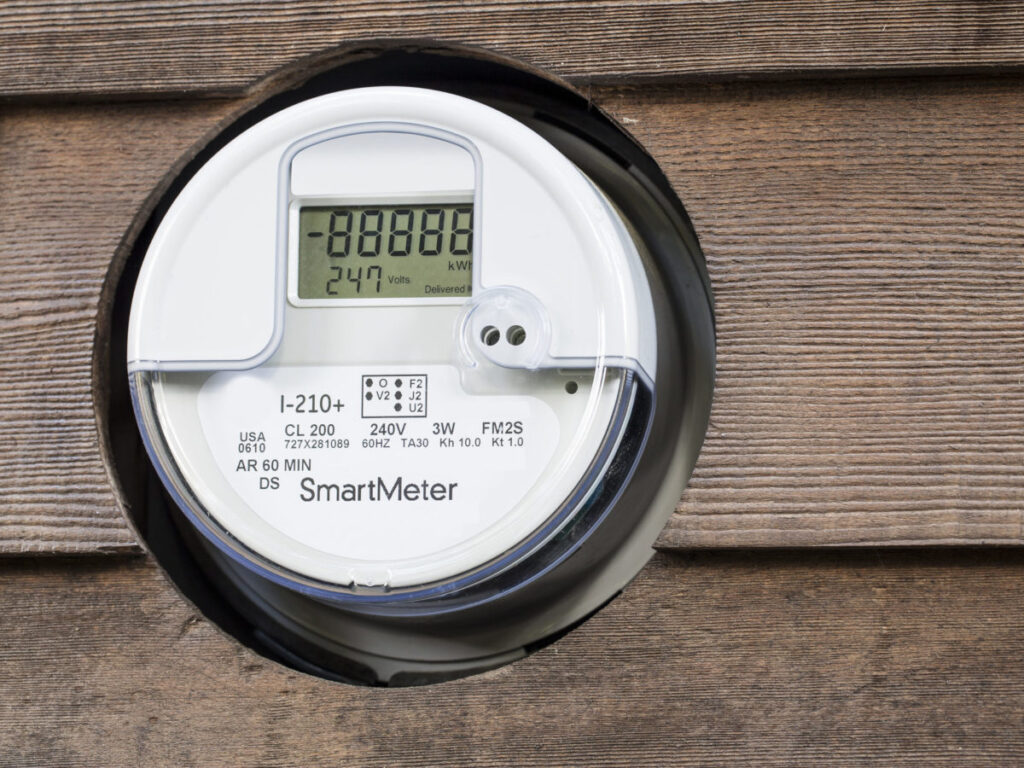How the utility can do more than just light up the town

The best way to your customers may be through the front doors of City Hall.
In the late 1990s, I was working with a cable company that was deeply invested in selling high speed data services to the home. At the time, most folks were still padding down to the basement office on weekend mornings or after work, firing up the computer, and ringing-up companies like AOL (“You’ve got mail!”). Our research team dispatched a pair of anthropologists to several customer homes to study how their behaviors changed after getting broadband service. The team documented startling changes in interactive behavior within the public spaces of the home—broadband technology was substantively changing the fabric of the household.
Broadband technology fundamentally altered the way people lived. Unknown to us at the time, the widespread availability of broadband represented a key inflection moment in the evolution of the digital lifestyle.
It seemed obvious to many of us, that internet technology was poised to drive opportunities and capabilities for new services that could create enormous shifts in our relationships. But what we could perhaps only sense, was that the “broadband lifestyle” would bring an unimagined wealth of productive changes, but also challenging imperatives, like the concern of being overheard by eavesdropping baby dolls. By the turn of the 21st-century, high-tech companies were already calling the emerging digital home environment the Smart Home.
The Cost of Connection
These connected homes have not just disrupted home dwellers, but utilities (like other service providers) are now required to generate not just power, but the technological expectation that they will integrate with connected-home devices.
The scope of integrating with the wide (and often poorly specified) home devices is in some ways futile—they keep coming, changing, upgrading, and pushing their own functional boundaries. Roku used to be a device that helped so-called “cordcutters” access video properties. Now, it’s an emerging entertainment ecosystem complete with its own content offering. A partner today may be a competitor tomorrow.
One way that utilities have worked to solve the problem of taking on too much is by working with vendors who help them reach their customers with a unique energy angle on things like home orchestration, through security systems, enhanced bills, and thermostat control. But, another way that utilities are finding to serve their customers is by walking through the wide-open gates of the smart city.
A Bright Start
The term “smart city” defines the new urban environment, one that’s designed for performance through information and communication technologies (ICTs) and other forms of physical capital. With the effective management of resources through intelligent management, urban visionaries hope that cities will drive a higher quality of life for citizens, drive down waste, and improve economic conditions.
The imperative to bring carbon emissions under control is a key driver of this vision and creates a natural opportunity for the utility. The utility can help cities reduce operational costs, manage power consumption, and drive down the excessive use of natural resources. However, most aren’t sure how to work with their cities and will try to lead with “laboratory” ideas related to city infrastructure. Smart street lights were an early favorite, and over half of street lighting is now under utility control.
New opportunities that have come from installing infrastructure for lighting projects, have helped utilities push further into the city’s operations, by offering time-of-use tariffs, an improved bottom line, and beautification. Because of this project orientation, some smart cities are working with utilities to convert commercial and industrial “innovation districts” into super efficient, well-controlled areas, instrumented for automation and asset management. Barcelona, Las Vegas, and Denver among many others have used this approach as a way to get started, and have racked up measurable improvements.
Changing and Growing
A warning though; this technology-centric approach is also self-limiting. Like the example of the cable company that found out they were really selling opportunity and not just fast-moving bits, technology plans that overlook the vibrant forces within the urban environment are myopic. There are engineers, planners, policymakers, and information managers who are focused on problems that directly impact the wellbeing of all families. They are working to improve schools, hospitals, and public services, and it is the innovative utility stakeholder who will ask how they can integrate in ways that help these cities get the real work done.
The anthropologists who peered into customer homes found that access to broadband was not just changing the way technology was being used by families, but that it was unleashing opportunity for a connected home. In as much as the ubiquitous connection has altered the very fabric of our private lives, it is quickly redefining our culture and society.
In smart cities, we will find new ways of interacting with our friends, communities, and in how we travel from our homes to our schools and offices. Utilities can contribute to positive change by engaging in both policy and technological innovation to help ensure that more people in cities are supported in leading sustainable, healthy, and productive lives.





